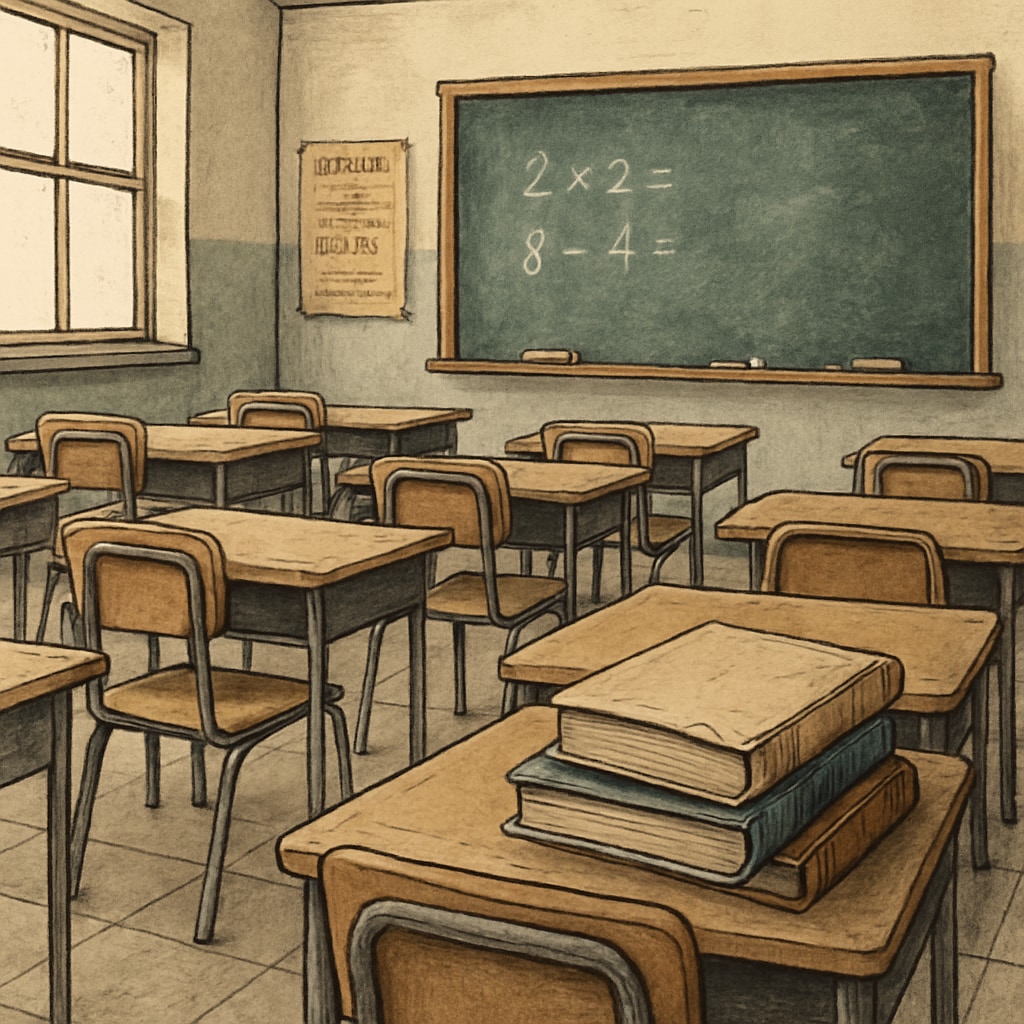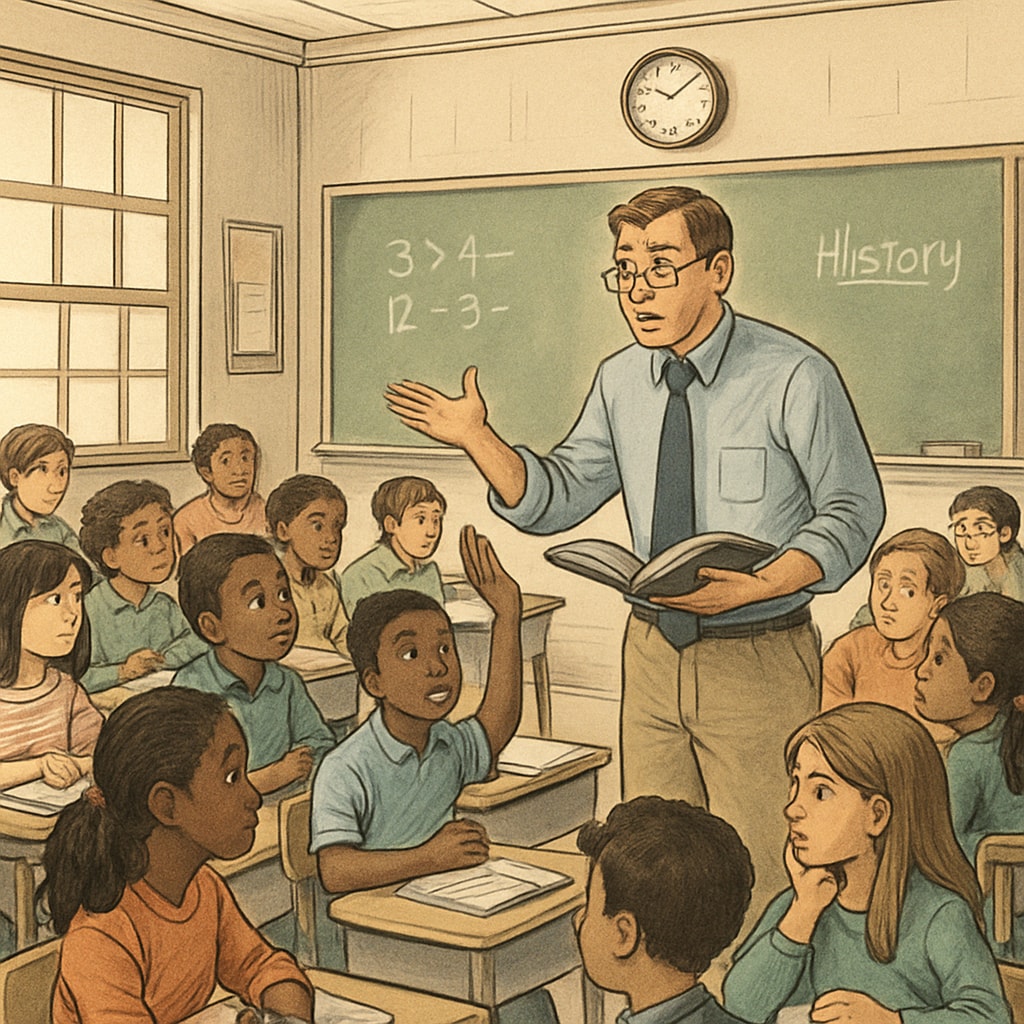Public education in the United States is facing a quiet yet alarming transformation. Organizations like “Stand For Children” claim to champion educational equity and excellence, but their actions tell a different story. In reality, they are redirecting public education funds to private institutions, a process that accelerates the depletion of resources in public schools. This shift threatens the very foundation of the K-12 public education system, leading to school closures, teacher attrition, and widening educational inequities.
The True Agenda Behind “Stand For Children”
“Stand For Children” presents itself as a nonprofit advocating for better educational opportunities for all children. However, a closer look reveals that their initiatives often align with policies promoting the privatization of education. By supporting charter schools and voucher programs, they divert critical public funding away from traditional public schools. For example, according to a Britannica article on charter schools, these institutions often operate independently of the public school system, yet they rely heavily on public funds.

This redirection of resources disproportionately affects schools in low-income neighborhoods, where public institutions already struggle with underfunding. Instead of addressing systemic issues, organizations like “Stand For Children” exacerbate them by funneling money to private entities that prioritize profit over universal access to quality education.
The Impact on Public Schools and Teachers
The consequences of this funding shift are profound. Public schools, especially in underprivileged areas, are left with fewer resources to meet the needs of their students. This often results in larger class sizes, outdated textbooks, and reduced extracurricular programs. As schools struggle to maintain operations, closures become inevitable. According to data from the National Center for Education Statistics, the number of public schools has been steadily declining, a trend that correlates with the rise of charter schools and voucher systems.
Teachers, too, bear the brunt of this privatization trend. With diminished resources and increasing workloads, many educators experience burnout and leave the profession altogether. This exodus exacerbates the teacher shortage crisis and further undermines the quality of education in public schools. As a result, students are the ultimate victims, facing reduced opportunities and a compromised learning environment.

Privatization: A Threat to Educational Equity
Proponents of privatization argue that charter schools and voucher programs offer parents more choices and foster competition, which they claim improves educational outcomes. However, critics point out that these programs primarily benefit families who can afford to supplement the costs, leaving behind the most vulnerable students in underfunded public schools. As a result, the gap between wealthy and low-income students widens, undermining the principle of equal access to education.
Moreover, private institutions often lack the accountability measures that govern public schools. They are not required to adhere to the same standards for teacher certification, curriculum development, or student performance reporting. This lack of oversight raises questions about the quality and inclusivity of the education they provide.
Charting a Path Forward
Addressing this issue requires a collective effort to prioritize public education funding and resist the privatization push. Policymakers must ensure that public funds are allocated equitably and transparently, with a focus on supporting underfunded schools. Additionally, greater oversight of organizations like “Stand For Children” is needed to ensure their policies align with the best interests of all students, not just a select few.
Communities can also play a role by advocating for increased investment in public schools and holding elected officials accountable for their education policies. By standing together, we can protect the integrity of the public education system and ensure that every child has access to quality education, regardless of their socioeconomic background.
In conclusion, while organizations like “Stand For Children” claim to support educational equity, their actions often undermine public education. The redirection of public funds to private institutions threatens the future of K-12 education, leaving public schools to struggle with fewer resources, teacher shortages, and declining student outcomes. To safeguard the principles of equity and inclusivity, we must challenge these policies and prioritize investments in our public schools.
Readability guidance: This article uses concise paragraphs and clear transitions to enhance readability. Key points are supported by external references, and images provide visual context for the issues discussed.


